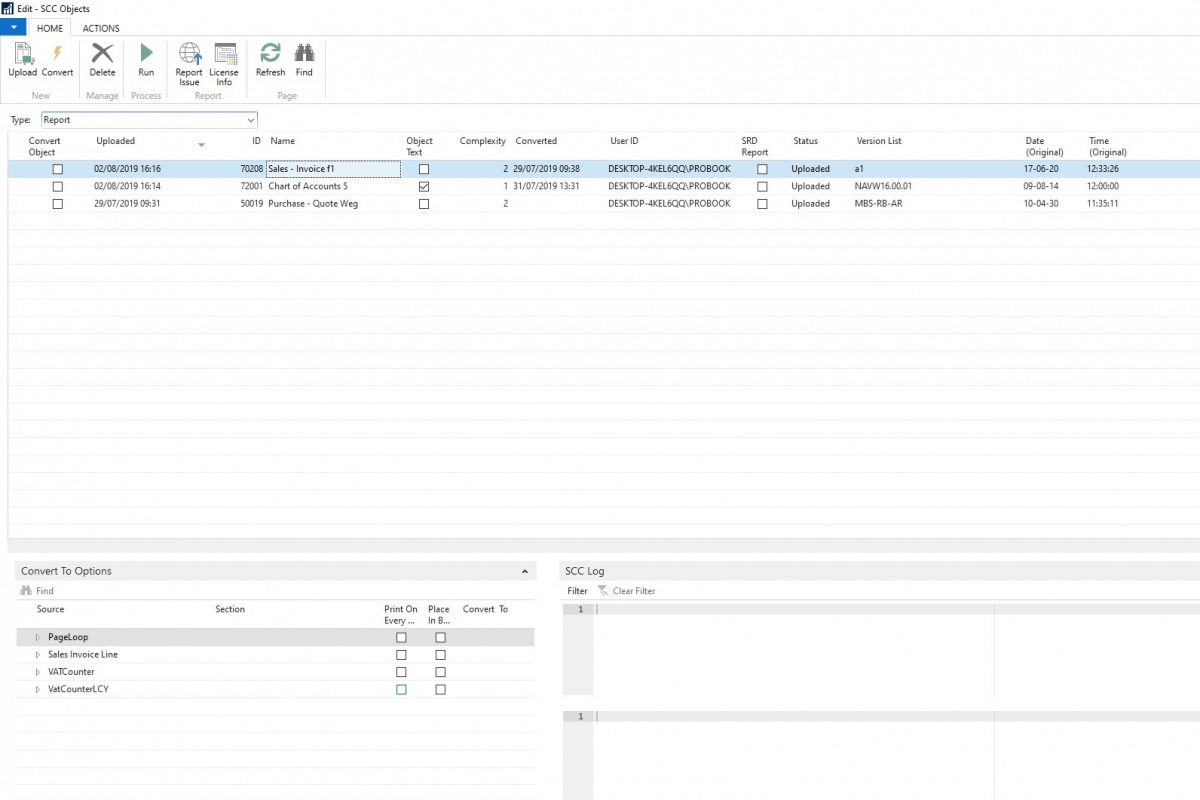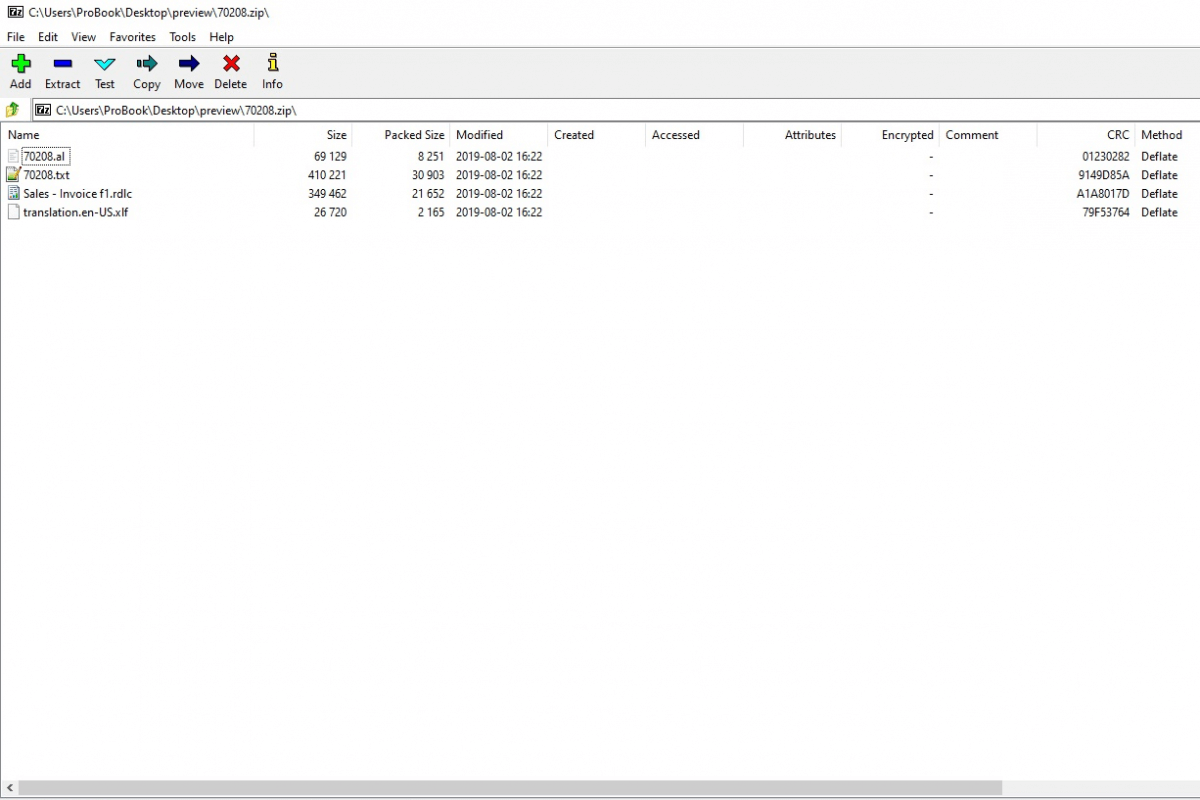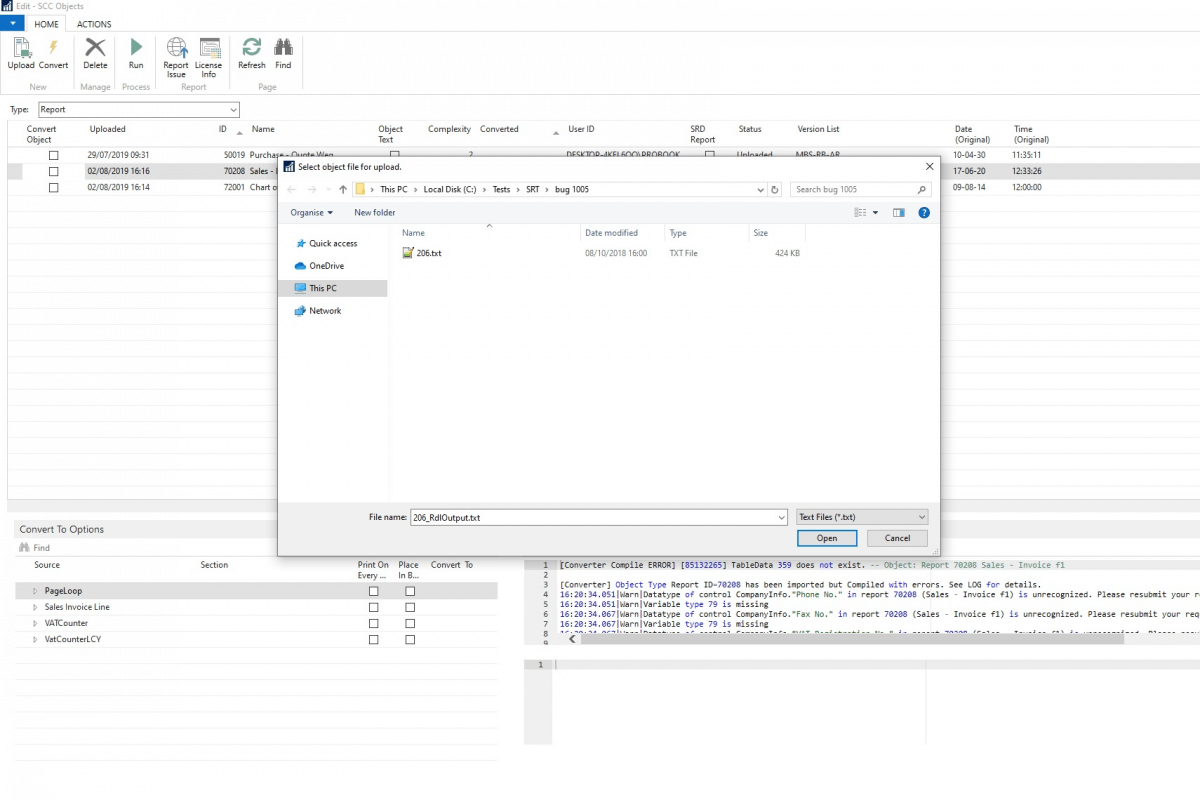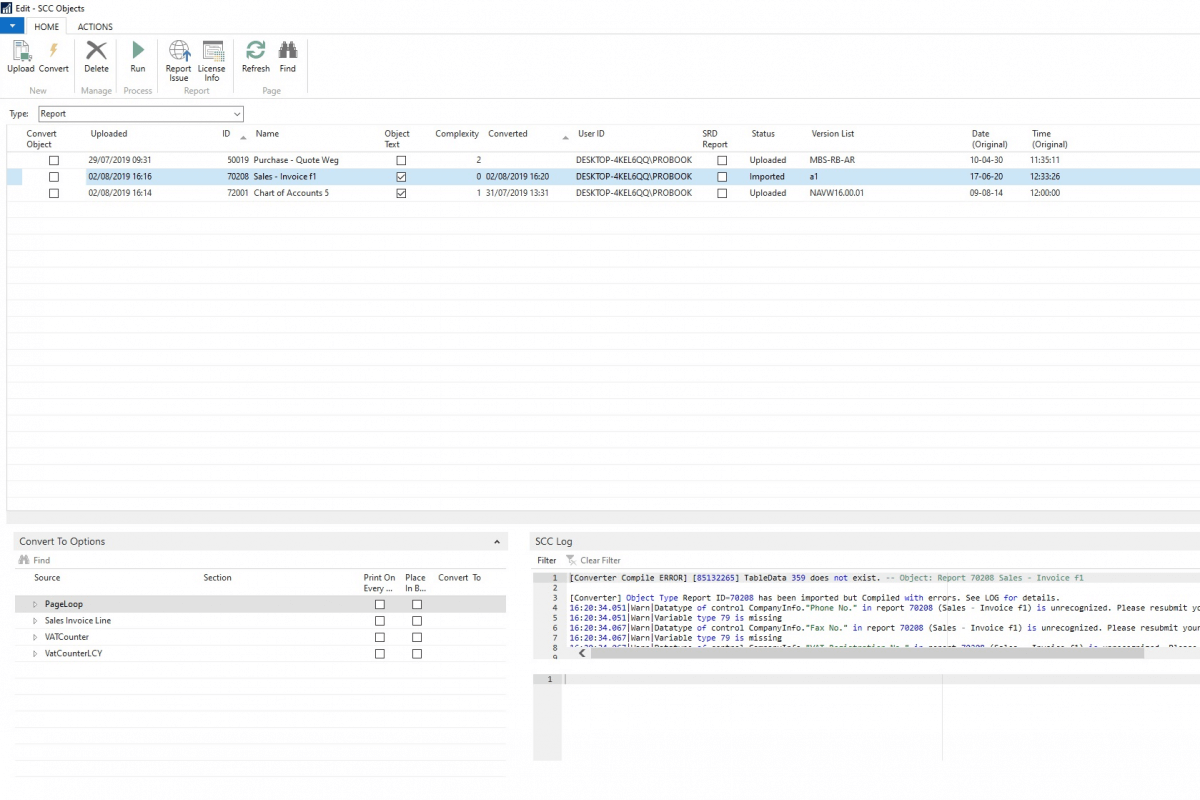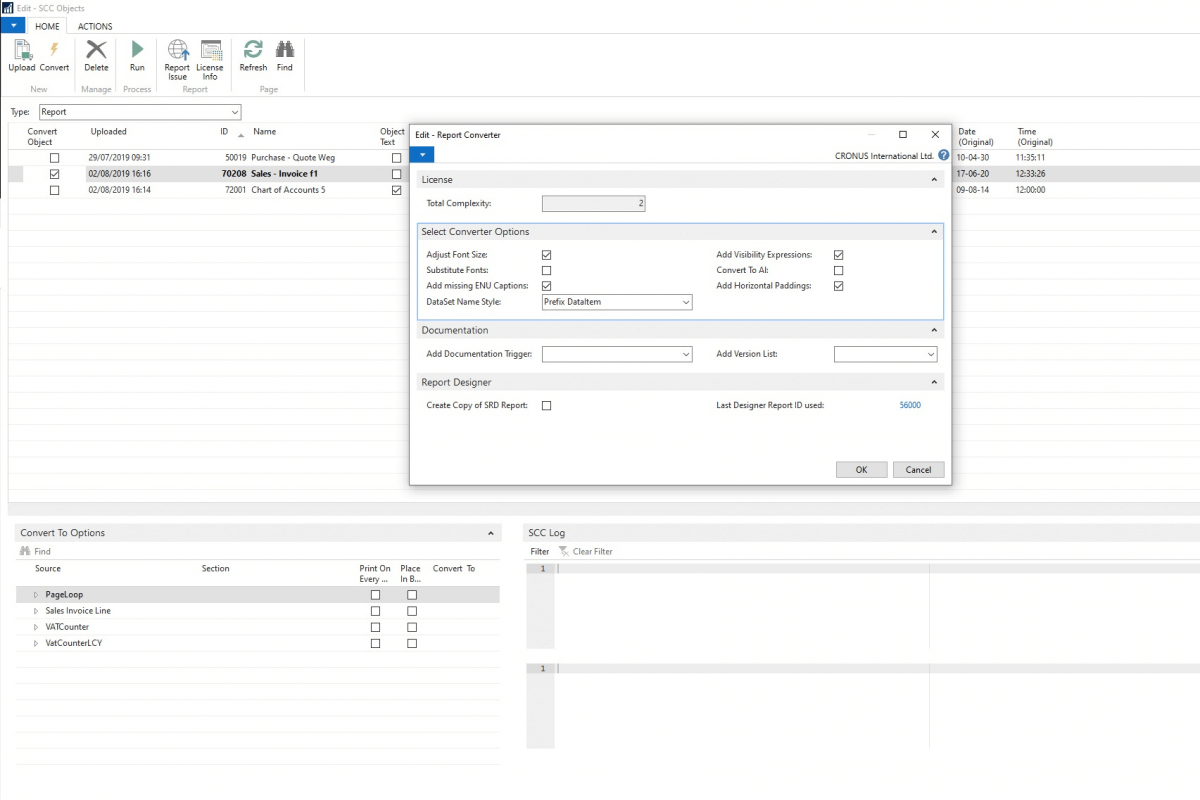Convert automatically Classic NAV reports to RDLC/AL format
Tired of Dynamics NAV / 365 Business Central Report Upgrades?
Simplanova Report Converter converts automatically Classic NAV reports to RDLC format.
Dynamics NAV / 365 Business Central Reports Upgrade: Common Concerns
From our experience, Report Upgrade from Classic Dynamics NAV version to RDLC format in most of NAV / 365 Business Central Upgrade cases can take up to 90% of an upgrade project time. We have noticed these common concerns regarding report upgrade:
- It takes a long time to complete an upgrade;
- Customers have to wait longer for an upgrade project to be completed, so they may decide to stay with the older version or at least be considering the upgrade for longer;
- It is a repetitive task for your developers and it doesn’t help to keep developers motivated;
- Your developers involved in technical Dynamics NAV reports upgrading rather than working on a customer’s requested features and support.
*95% automation in report conversion by Simplanova’s internal estimates.
Simplanova Report Converter tool converts AUTOMATICALLY* Classic Dynamics NAV reports (supported up to Dynamics NAV 2009 R2) to RDLC NAV / 365 Busines Central report format (Dynamics NAV 2015 and up to Dynamics 365 Business Central) and Extensions 2.0 format, which consists of:
– .rdlc file (Layout)
– .al file (Dataset)
– .xlf (language files)
How Simplanova Report Converter Works
Simplanova Report Converter Features
- User interface to access Simplanova Report Converter features from NAV / 365 Business Central plugin.
- Builds new dataset which is based on classic report structure: tables, fields and primary key fields.
- Recreates the Layout:
- Tablix is created with certain data grouping: constant based grouping is created for classic report headers/footers, body grouping is created for all dataitems to keep the structure, GroupTotalFields property based grouping is created for classic report groupheaders/groupfooters;
- Report header/footer is created with dynamic data setting and getting if needed;
- Each component (textbox, label, picture, shape, etc.) is placed and sized the way it was in classic report;
- Same component properties (alignment, font size, font weight, etc.) are applied;
- If classic report had a standard font(Helvetica) then it is changed to a new RDLC standard font(Arial);
- Transfers all the report triggers code and functions the way it was. If a certain trigger is obsolete, but it has code in classic report – a new function is created in RDLC report to contain this code. Function is run at the appropriate place in the code to recreate the exact same functionality as it did in classic report‘s trigger.
- Reimplements obsolete functions such as CREATETOTALS, SHOWOUTPUT, NEWPAGEPERRECORD,etc. Certain changes are made in code/dataset/layout to recreate the same functionality.
- Optimizes performance: creates labels or text constants in case of dynamically changed language inside the report.
- The newly built report is compatible with all versions from Dynamics NAV 2013 R2 to Dynamics 365 Business Central.
- Integrated txt2AL which allows to convert automatically Classic NAV report to Extensions 2.0 and get converted report that consists of:
– .xlf language files
– .rdlc file (Layout);
-.al file (Dataset) and language files



